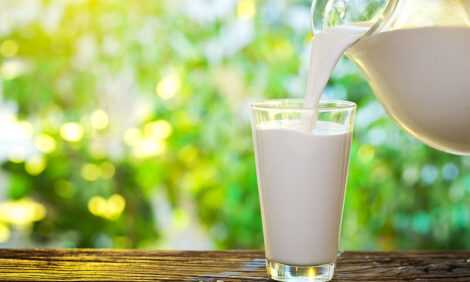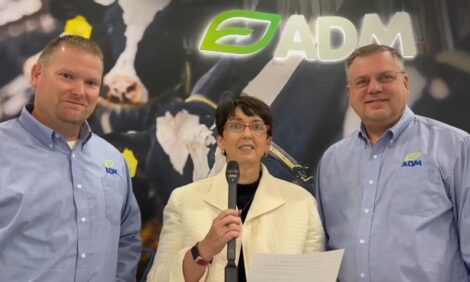



Dairy Cow Feeding In Ethiopian Central Highlands
This leaflet highlights the current status of feeding practices for dairy animals and some recommendations which can be used for most of the Central Highlands of Ethiopia.Current Status of Feeds and Feeding In Study Sights
Feed is scarce and costly: There are no food processing industries producing feed by-products such oil meals or flour meals in the environs of towns such as Jimma and Debre Markos. The breweries are too far from farmers to make haulage of wet brewer’s grain practical and economical. Therefore, the local cooperatives/dairy farmers currently need to bring wheat bran, noug cake and mixed dairy ration from distant towns.
Quality of forage is low and the price of forage high: Dairy farmers usually provide feed for their animals using the cut-and-carry system. However, the forage is of poor quality and is mainly consists of unimproved pasture grasses.
Straw and forage are fed without being chopped. Farmers usually bring either cut-and-carry forage or straw and feed their animals without prior chopping. This leads to considerable wastage of straw and fresh forage.
Shortage of land for forage development: Almost all farmers working with SNV clients or who are members of the Cooperative Association keep their animals in their homestead. Thus, at times there is almost no space for animals to exercise let alone to graze. This is particularly the case in the urban settings of Jimma and Debre Markos.
Constraints to use of wet brewers’ grain: Wet brewers’ grain is fed in Sululta, Chancho and Debre Zeit. To prevent it being spoiled, farmers add salt and water to the top surface of the feed. The feed is difficult to transport and is also difficult to store without spoilage.
Little utilization of improved forage species: There is limited utilization of improved forages by the smallholder farmers and this is surprising since many of the species (multipurpose trees) have economic value other than as fodder. In the Debre Markos area, Land O’Lakes has pursued popularization of back yard forage production. The forages involved are Elephant grass, fodder beet, alfalfa, vetch, Rhodes grass and Sesbania.
Use of “non conventional feeds”: Non conventional feeds such as false banana stem, local brewers’ grain (“Atela”) and fines from cereals threshing grounds (“Geleba”) or cereal milling by products (“Bitare”) are widely used by smallholder farmers. These ingredients could be incorporated into the dairy meal concentrate fraction of the herd in the formulation of least cost diets.
Some recommended feeding technologies for the sites
Chopping or grinding of straw: A small electric driven chopper for the dairy farmers is a potential input; this would decrease both the wastage of feeding long straws/hay and forages. Through chopping the feed, intake will increase and thereby reduce the need to purchase alternative costly feeds.
Acquisition of land for sowing forage: The Jimma Cooperative for example has started along this line and the association has acquired a sizeable area of land for forage production. The land has been further apportioned to members of the association.
Drying brewer’s grain at the breweries: Drying the brewer’s grain on site at the brewery, bagging it and transporting it to areas which are distant from the breweries is an option worth exploring.
Maize and grass silage popularization using plastic bags: The study sites enjoy relatively high annual rainfall and during the main rainy season, farmers are theoretically able to prepare maize or grass silage. However, there are few cases of silage use. The unavailability of plastic sheet for the ensiling process and absence of knowledge and skill of silage making may be a problem. In addition, lack of silage chopper may also be a problem but this could be addressed by the association.
Provision of improved seeds/seedlings along with a training package in forage management: Providing starter seed and supporting farmers with knowledge on proper raising, harvesting and feeding of the improved forages to the farmers is a promising intervention to minimize the scarcity of feed especially during the dry season.
Mixing one’s own ration (home mix): The prerequisite is the availability of the feed ingredients and the feed mixing know-how. The issue of availability of feed ingredients needs to be addressed first.
Proper timing of harvest of forage and its proper drying: Hay preparation is widespread in most of the sites visited. However, the grass is normally cut at late maturity. The use hay of a drying tripod made of bamboo or eucalyptus sticks and the provision of shelter to protect the stack from rain would be worth considering. Furthermore, harvesting the hay forage at its nutritionally optimal stage of maturity is matter for
Treatment of crop residue: Treatment of shredded wheat and barley straw with urea, molasses, salt and water prior to feeding is a technology that should be considered.


